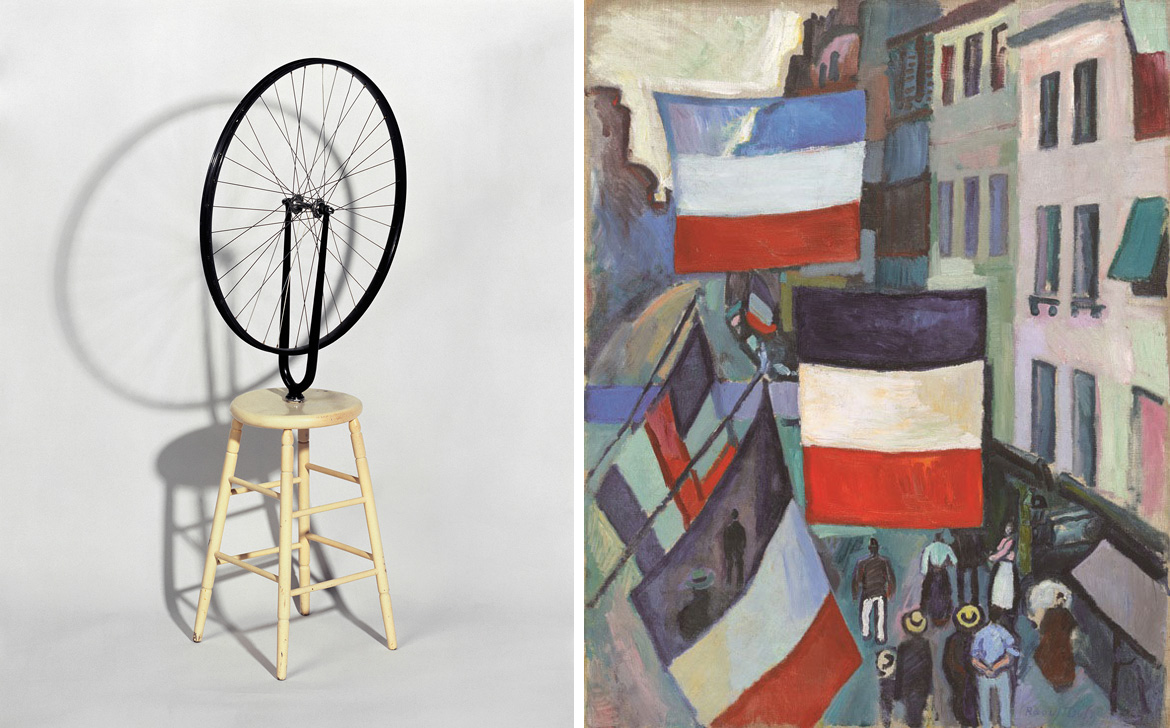Seven decades of art history; one masterpiece for every year, each created by a different artist from France or closely connected with the country; and all from the collection of an iconic Paris art institution — that's the premise of the current exhibition at the Tokyo Metropolitan Art Museum.
"Masterpieces from the Centre Pompidou: Timeline 1906-1977," openly aspires to be a blockbuster, and to help achieve this end it harnesses works from the titular art centre, which houses the largest modern art museum in Europe, the Musee National d'Art Moderne.
The exhibition's departure point is the early 20th century, when new art movements such as fauvism and cubism were emerging from the studios of Paris. The first work featured is a 1906 Raoul Dufy painting of a street decorated with French tricolor flags, establishing the national theme of the show. This theme runs through the museum's three floors, which provide either a blue, white or red backdrop to the work of such greats as Constantin Brancusi, Jean Dubuffet and Henri Matisse, who is represented by his impressive "Large Red Interior." The three colors of the flag are also present in the very last item on display, an architectural scale model of the Pompidou building, which was designed by Richard Rogers, Renzo Piano and Gianfranco Franchini and opened in 1977.


















With your current subscription plan you can comment on stories. However, before writing your first comment, please create a display name in the Profile section of your subscriber account page.